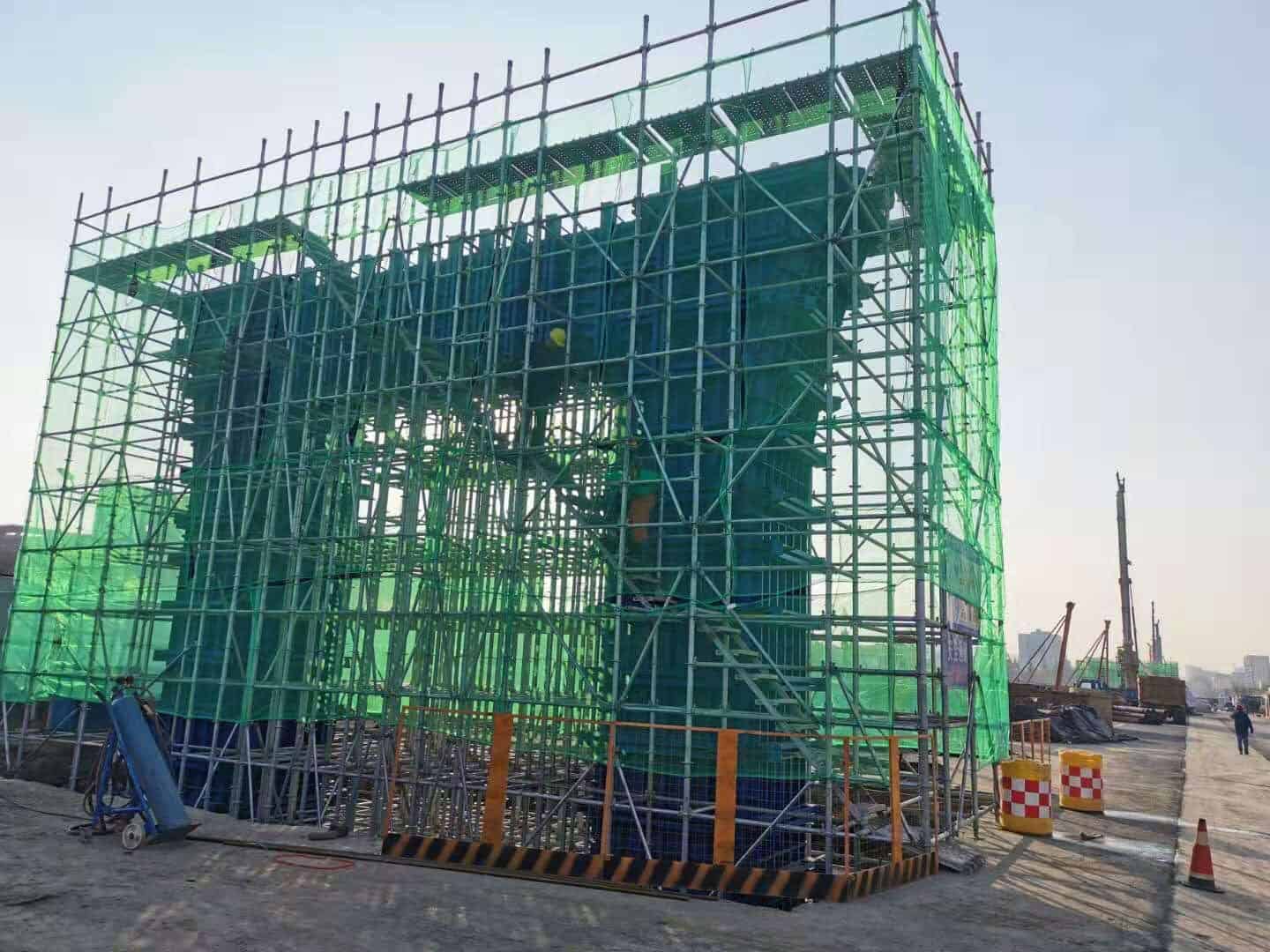What Are the Precautions for Building a Formwork Installation?

Worried about safety during formwork installation? Proper precautions ensure stability, efficiency, and accident-free construction, safeguarding your project and team from costly errors and potential hazards.
Building formwork requires attention to safety and precision. Key precautions include inspecting materials, ensuring proper alignment, following load-bearing guidelines, and adhering to safety protocols. These measures prevent structural failures and improve efficiency.
Below, we detail the essential precautions for formwork installation and removal, including safety measures, material inspections, and alignment techniques to ensure a secure and successful construction process.
What Is the Importance of Precautions in Formwork Installation?
Ignoring precautions during formwork installation can lead to accidents and structural failures. Proper measures enhance safety, quality, and efficiency in construction.
Precautions ensure that formwork is stable, properly aligned, and able to support the weight of concrete. Following these measures minimizes risks, improves construction quality, and ensures on-time project completion.
Precautions in formwork installation are critical for:
- Safety: Prevents accidents and injuries during installation.
- Structural Integrity: Ensures formwork can bear the concrete load.
- Efficiency: Reduces delays caused by failures or errors.
- Cost Management: Minimizes waste and repair expenses.
Taking precautions safeguards both the workforce and the project.
What Are the Safety Measures Associated With Formwork Installation and Removal?
Ensuring safety during formwork installation and removal prevents injuries and structural damage, protecting workers and improving project outcomes.
Safety measures include wearing PPE, inspecting materials for defects, following proper lifting techniques, and adhering to removal guidelines. These steps ensure safety during both installation and dismantling.
Key safety measures for formwork installation and removal include:
- Personal Protective Equipment (PPE): Helmets, gloves, and harnesses for worker safety.
- Material Inspection: Identify and replace defective components.
- Proper Lifting Techniques: Use machinery for heavy lifting to avoid strain.
- Adherence to Timelines: Ensure concrete is fully cured before removal.
- Gradual Dismantling: Remove formwork in stages to maintain stability.
These safety precautions minimize risks and enhance construction efficiency.
How Do You Ensure Proper Alignment During Formwork Installation?
Misaligned formwork can lead to structural defects. Ensuring precise alignment guarantees the stability and accuracy of concrete structures.
Proper alignment involves using level indicators, cross-bracing supports, and consistent checks during installation. This prevents structural defects and ensures accurate dimensions for concrete components.
To achieve proper alignment:
- Use Level Indicators: Ensure all components are straight and even.
- Apply Cross-Bracing: Reinforce the structure to prevent misalignment.
- Check Continuously: Inspect alignment at every stage of installation.
- Anchor Supports: Secure formwork to the ground or adjacent structures.
Proper alignment enhances structural integrity and reduces the risk of defects.
What Precautions Should Be Taken Regarding Material Quality?
Using substandard materials in formwork can result in structural failures. Ensuring high-quality materials is crucial for safety and durability.
Precautions include inspecting formwork materials for defects, choosing durable options like steel or aluminum, and avoiding overuse of worn components. High-quality materials ensure stability and reusability.
Key precautions for material quality include:
- Inspecting Components: Check for cracks, rust, or other defects.
- Choosing Durable Materials: Use steel or aluminum for better longevity.
- Avoiding Overuse: Replace components that show signs of wear.
- Storing Properly: Keep materials in dry, safe conditions to prevent damage.
Using reliable materials ensures safety, quality, and cost-efficiency.
What Are the Best Practices for Dismantling Formwork?
Removing formwork prematurely or incorrectly can damage concrete and lead to accidents. Following proper dismantling practices ensures safety and project success.
Best practices include waiting for concrete to cure fully, dismantling in stages, and using appropriate tools. Adhering to these practices prevents damage to the structure and ensures worker safety.
Dismantling formwork safely involves:
- Adhering to Curing Timelines: Ensure concrete has gained sufficient strength.
- Dismantling in Stages: Remove components gradually to maintain balance.
- Using Proper Tools: Avoid rough handling that may damage materials.
- Inspecting Concrete: Check for cracks or weak spots before removal.
These steps ensure the safety of workers and the quality of the concrete structure.
Conclusion
Formwork installation and removal require careful planning, adherence to safety measures, and quality control. Following these precautions ensures stable, durable, and defect-free concrete structures while minimizing risks and delays.
